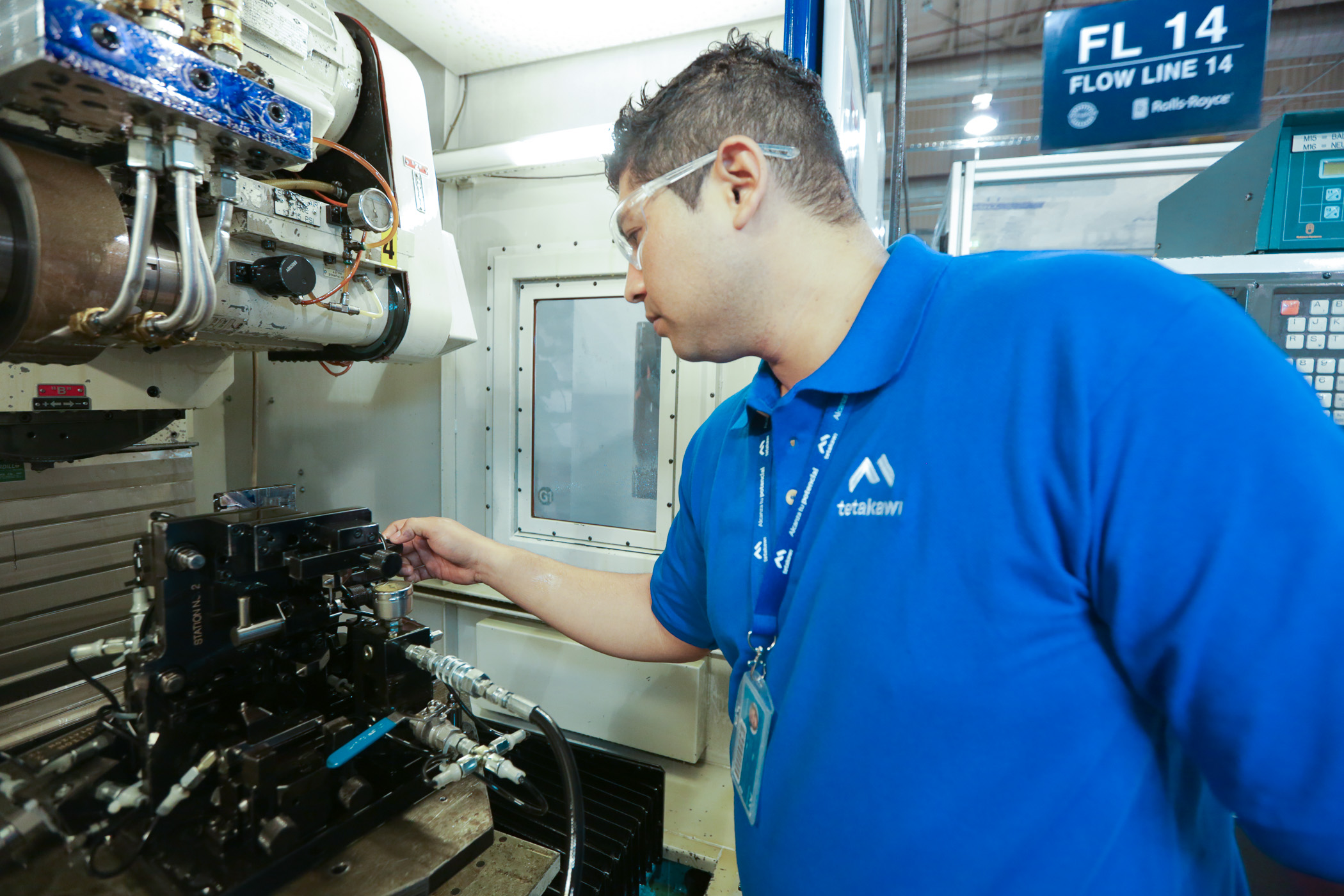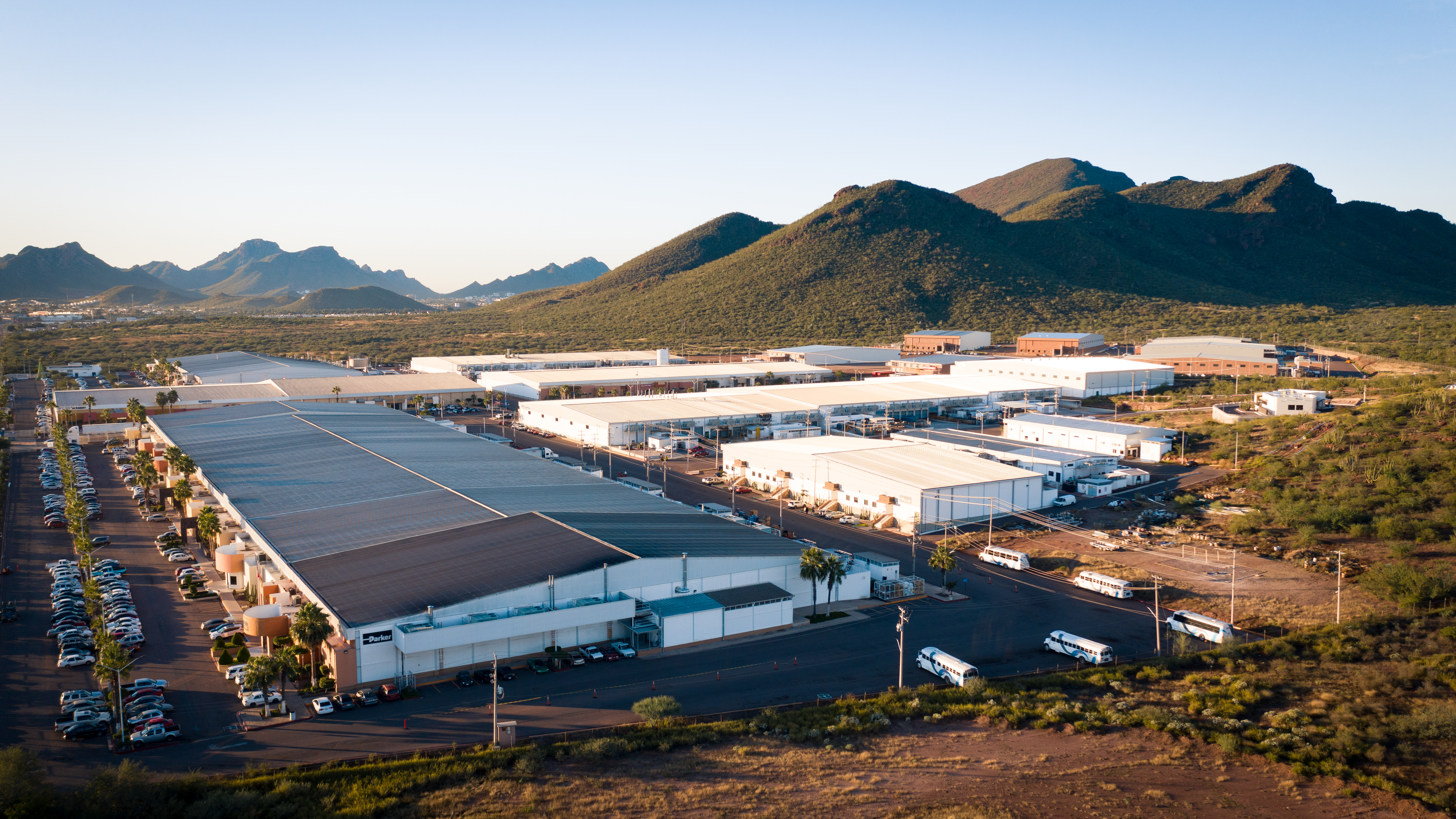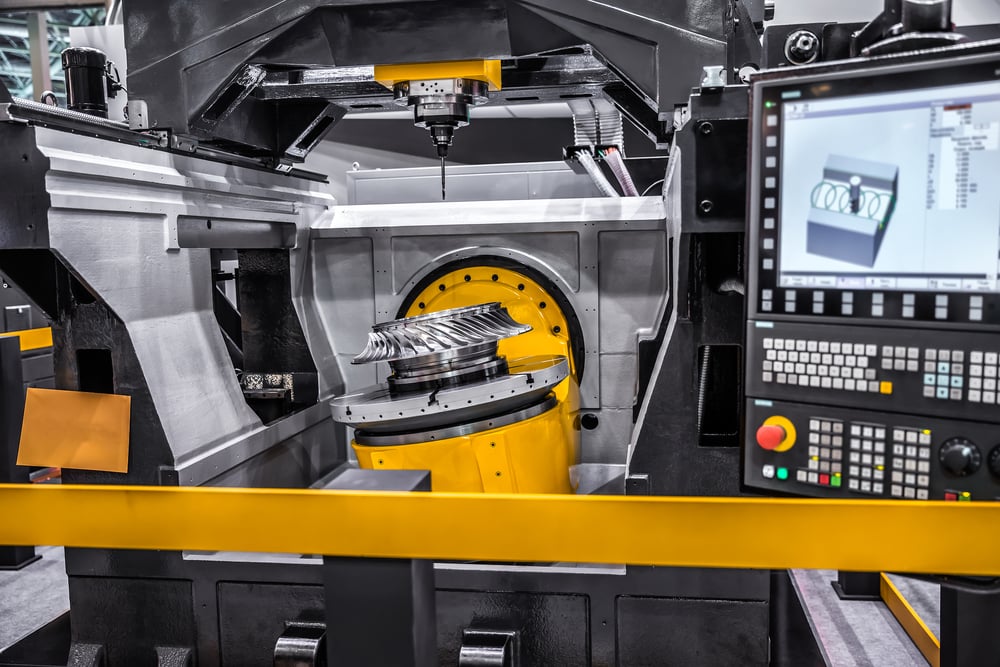After several years of volatility, the aerospace manufacturing sector is taking off fast. The International Air Transport Association (IATA) is projecting that air travel will reach 4 billion travelers by 2024, up 103% over 2019. This increase in travel comes on top of already strong demand in the aerospace defense sector, which has pushed aircraft manufacturing higher in recent years.
While this demand is exciting for aerospace manufacturers, it comes with a significant challenge. Skilled labor shortages have been a significant problem for years and are only projected to worsen in many countries. For example, Deloitte and The Manufacturing Institute have projected that as many as 2.1 million U.S. manufacturing jobs will go unfilled through 2030.
Many manufacturers facing this workforce challenge are finding a solution in Mexico. The country’s stable demographics and labor force of more than 58 million people are helping manufacturers across all industries meet growing product demand.
Aerospace manufacturing trends demand new skillsets
Commercial aircraft demand is on the rise. Forecast International projects that Boeing and Airbus will deliver 483 and 694 commercial jets in 2022, respectively, marking a 42.1% increase for Boeing and a 22.6% increase for Airbus over 2021 levels. Much of that demand is being driven by the interest in narrow-body aircraft. Experts note that wide-body aircraft carry higher financial risks and operational costs. Smaller aircraft, like Airbus’ A22 and A30, and some medium size craft, are expected to be most in demand.
In addition, there’s greater interest in aircraft to replace aging fleets rather than expanding existing fleets. With this shift, manufacturers are looking for solutions that push aircraft closer to achieving net-zero carbon emissions. The expectation is that these greener aircraft will, over the next 20 years or so, replace today’s less fuel-efficient planes. The shift requires the use of new technologies, including lightweight materials often developed using advanced manufacturing strategies.
Mexico’s workforce is adapting to meet this evolution with support from the country’s training institutes. In fact, in early 2022, the government in Aguascalientes, in collaboration with private companies and the Instituto Tecnologico de Aguascalientes (ITA), launched a center for industrial innovation in design and digital manufacturing for the Bajío aerospace sector (CIIA). The CIIA Bajio, located within the ITA campus, is one of five similar such centers in Mexico, all aimed at strengthening the state’s aeronautics manufacturing presence through talent development.
Students at CIIA Bajio gain the technical skills intended to support shifting needs for aeronautical, automotive, and industry 4.0 companies. The institute’s seven laboratories provide training in skillsets ranging from advanced and additive manufacturing solutions to product design and development. Students can gain hands-on experience using tools not typically available, including industry-leading laser scanners for quality inspections, 3D printers capable of tailoring composite material characteristics in prototype development, simulation tools for mechanical design and structural analysis, and more. This hands-on experience delivers aircraft manufacturers with a knowledgeable group of engineers and supervisory staff to manage direct labor.
The aerospace manufacturing future features defense
Part of the strong growth in aerospace manufacturing comes from the strength in the defense sector. This includes solutions ranging from military aircraft to unmanned systems, small satellites, and other modern solutions. In the United States alone, the aerospace and defense market is forecast to grow from USD $416.63 billion in 2020 to USD $550.78 billion by 2030, with a CAGR of around 2.37%, largely due to defense spending. Mexico's aerospace manufacturing ecosystem is eyeing this sector closely and working to ensure infrastructure and workforce are able to meet its needs.
For example, Queretaro—which has a long history as a leader in aerospace manufacturing—is positioning itself to participate globally in the development of space and defense platforms. Starting this year, the state's aerospace cluster is taking steps to increase the visibility of local technological development capabilities and grow participation in space and defense projects.
The state's minister of Sustainable Development, Marco Antonio Del Prete Tercero, told Mexico-Now that the local industry is working hand in hand with the Aerocluster and the Aeronautical University in Queretaro (UNAQ) to identify productive processes that, with some modification, can supply this segment.
In fact, UNAQ and the Polytechnic University of Queretaro (UPQ) are already proving their skills in this area through the support of a student project to develop satellite technology that will be used for NASA's lunar exploration.
Sonora is another region that is beginning to focus more heavily on defense manufacturing. Much of the aerospace and defense work in this area is in support of similar nearby investments in Arizona, a top 10 recipient of U.S. Department of Defense funding. The combined Arizona-Sonora megaregion is able to leverage a wealth of integrated resources to support defense production companies. Among them is the CEFTA training center, located on-site in Tetakawi's Roca Fuerte Manufacturing Community in Guaymas, Sonora. CEFTA focuses on teaching employees the skills needed to become CNC Machinists. This training center was one of the key reasons why the Phoenix-based manufacturer, CMI Group, decided to set up a 43,500-square-foot facility.
Ready to meet tomorrow's aerospace manufacturing needs
Mexico's aerospace and defense manufacturing sector has been growing fast over the last decade. The investment in infrastructure and engineering talent has already attracted a strong concentration of Tier 1, 2, and 3 suppliers. In many ways, this fast growth has paved the way for adaptability in the face of evolving needs—making Mexico an excellent location for innovative manufacturers searching for a site with ample resources and support.
Ready to make a move to Mexico? Tetakawi's site selection and shelter services can connect you with a skilled workforce to meet your needs today and in the future. Contact Tetakawi today.
Subscribe
Sign up and stay informed with tips, updates, and best practices for manufacturing in Mexico.






